The Pilchard Inn sits at the entrance to Burgh Island, a minute tidal island off the coast of south Devon. The island is home to the Burgh Island Hotel, an eerie Art Deco masterpiece built by the son of a screw mogul, which dominates the view from Bigbury-on-Sea like Coney Island: it is more apparition than hotel.
The hotel is faded, fascinating, plated in Art Deco and decorated with vast screws. I wonder if this is a joke: there is little information about the early years of the house, which vibrates with depravity and things unsaid. To compound the mystery, Agatha Christie wrote here in a shack by the sea, eating cream from a tub as she murdered people in her head, and wrote it down for money. The hotel inspired And Then There Were None and Evil under the Sun.
There are cliffs designed for domestic murder, and Pixy Cove, where Arlena Stuart was strangled, views of the comforting hills of Devon and a helipad for the tumbleweed of café society who used to come here.
The hotel is on sale for £15 million, and this includes the ghosts, and the inn. The Pilchard dates its foundation to 1336 and has written it on an exterior wall so yachtsmen can see it as they sail past. It may have been a hostel for the pilgrims who came to the monastery whose bones are buried under the hotel: where else? After the Dissolution, pilchard fishermen lived on Burgh Island, and the chapel at the top became their lookout for fish: more bloody murder.
Christie is the bestselling novelist in history – if you think the Bible is true. (If you don’t, she’s the second bestselling, which isn’t bad.) It’s mad to think British people are dull. Christie shows us the ghouls we are: domestic murder and carpets.
The inn looks like a witch’s house guarding the island, but the devils got in anyway. It is gnarled and tiny, and in peril of falling into the sea. It is not, like the pub on Tresco for instance – hateful, gentrified Tresco – mucked about with. There is nothing to muck about with, though I don’t doubt they would try in New York City, where I found Gandalf’s loo in a sushi restaurant that charged $1,000 a head. But this is Devon, and there is an Art Deco museum yards away: the cognitive dissonance is as at Legoland. Just rough stone walls a foot deep – slate, I think – and tiny windows to keep out storms and light. There are a few wooden tables and old-style pub chairs, a small, curved bar and a hot fire in a black grate.
If it wasn’t on the coast, and the staff weren’t kind, it could be Wuthering Heights. I imagine generations here, moaning about Perkin Warbeck, or witches, or fish. This is the restaurant of the 2,000-Year-Old-Man. I read that they are planning ‘a glazed extension’ and first-floor terrace as part of plans to turn Burgh Island Hotel into the ‘Ritz of the West’. To which I say: please don’t.
The food isn’t mucked about with either. It’s a farm, plated. We order a leek and potato soup, and a baked camembert, and a vast steak and chips, and because the inn invites you to believe that the Black Death, or worse, is beyond the door, it is the most delicious food I can imagine. This is an inn for a calamity and perhaps that is why I love the Pilchard, which is more metaphor than restaurant. On an island of deception, it’s honest.
Got something to add? Join the discussion and comment below.
Get 10 issues for just $10
Subscribe to The Spectator Australia today for the next 10 magazine issues, plus full online access, for just $10.
You might disagree with half of it, but you’ll enjoy reading all of it. Try your first month for free, then just $2 a week for the remainder of your first year.


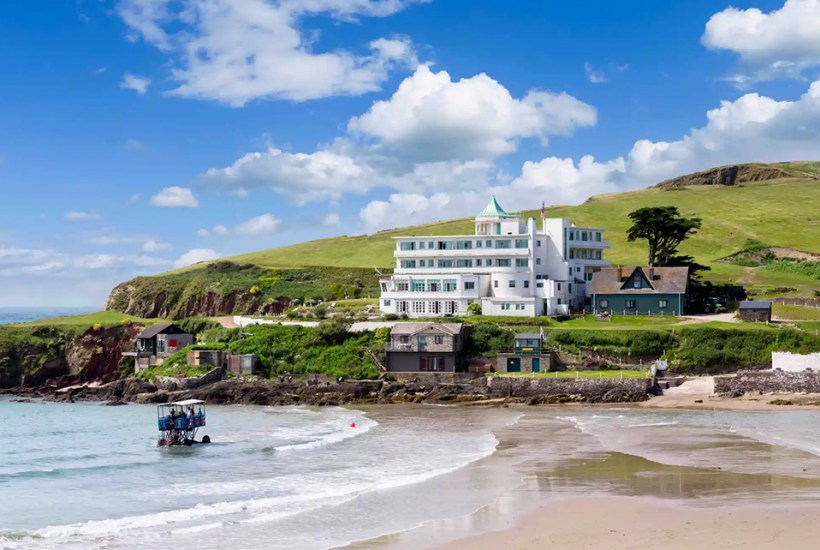
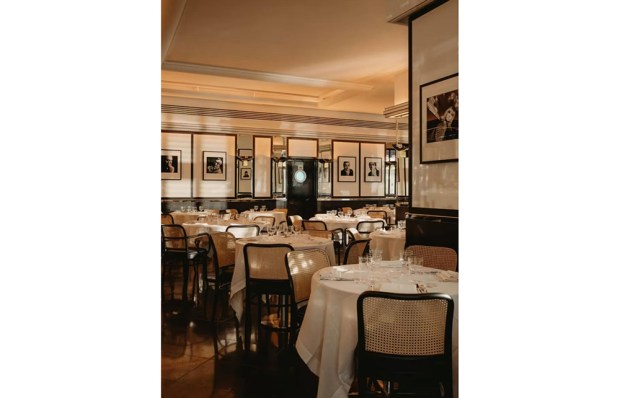
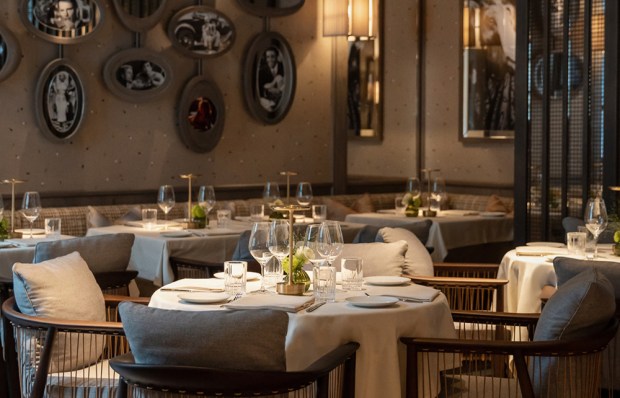
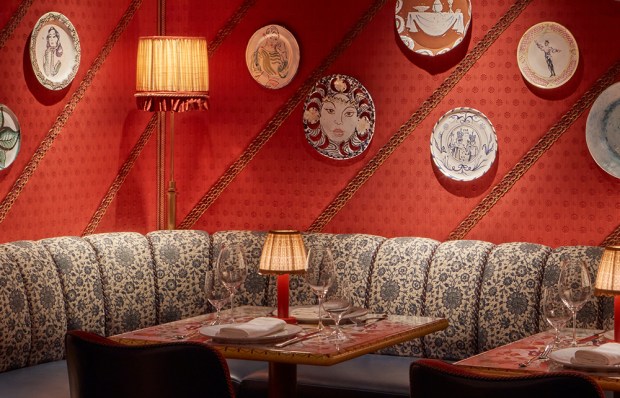
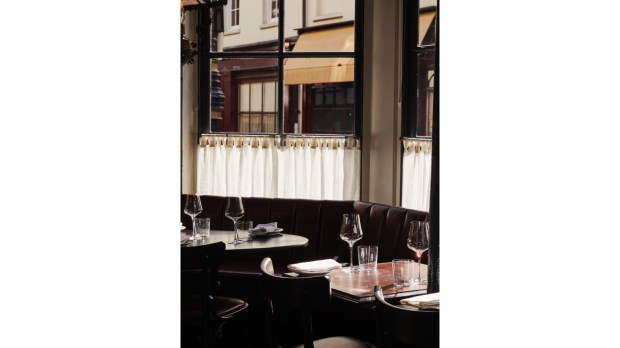
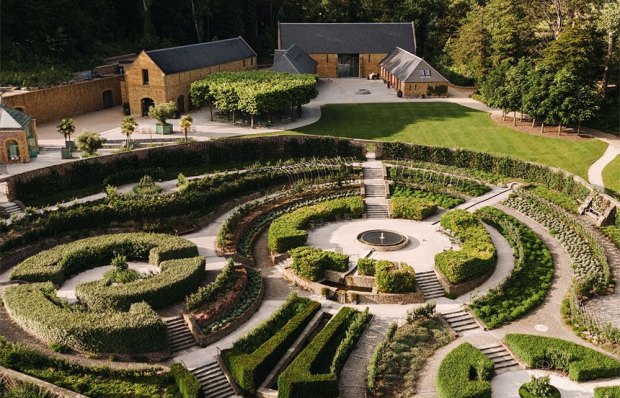
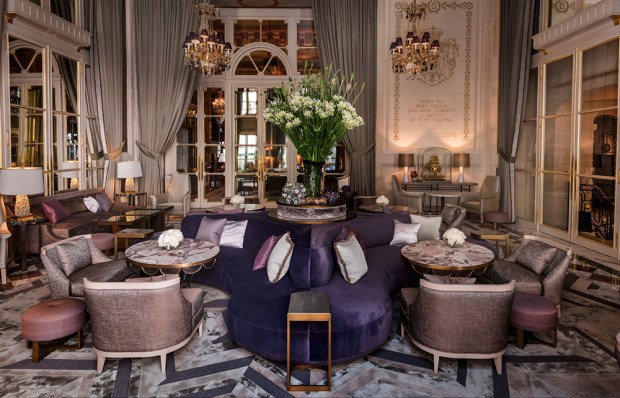


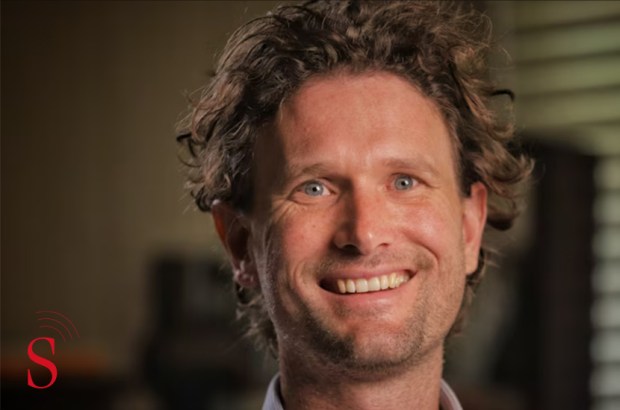



Comments
Don't miss out
Join the conversation with other Spectator Australia readers. Subscribe to leave a comment.
SUBSCRIBEAlready a subscriber? Log in